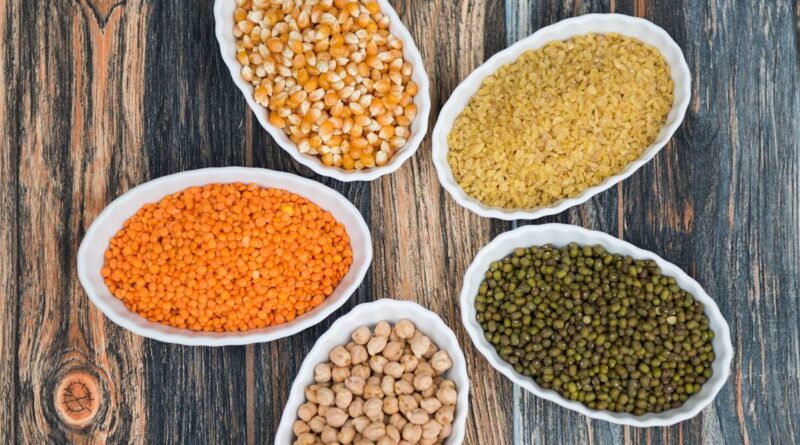Pulses supply improves, Govt asks retailers to cut prices
By Sandip Das
With the mandi prices of key pulses varieties – tur, urad and chana – declining due to rising imports, the government is currently assessing stock availability with the big retailers for ensuring that moderation in prices is passed on to consumers.
“We are monitoring pulses held with wholesalers, importers and retailers as imports of pulses have eased domestic supplies,” Nidhi Khare, secretary, department of consumer affairs, told FE. She said that actions will be initiated if moderation in wholesale prices is not reflected in retail prices soon.
Khare in a meeting on Tuesday attended by the officials of the major retailers including Reliance Retail, D Mart, Tata Stores and Spencer’s stated that mandi prices of chana, tur and urad in key mandis have declined by around 4% compared to prices prevailed in June, but “retail prices are not seen similar decline”.
According to an official note, Khare had pointed out the diverging trends between wholesale mandi prices and retail prices, which seems to suggest that retailers are deriving higher profit margins.
She said that the stock positions of all stockholding entities, including that of big chain retailers, are being closely monitored to ensure that the prescribed limits are not breached. “Breach of stock limits, unscrupulous speculation and profiteering on the part of market players would invite stern actions,” Khare said.
Last month, the government had imposed stock holding limits on tur and chana till September 30.
In April, the consumer affairs department had stated that traders, importers, millers and stocks would have to declare their stock of pulses from April 15. It had suspected a substantial quantity of imported pulses are lying in customs warehouses
Inflation in pulses and products category rose to 16.07% last month on year and had been elevated in the double digits since last one year. The arhar variety of pulses reported the highest price rise of 26.86.1% in June. The price rise in gram split and moong were 18.49% and 8.44% respectively last month on year.
She also stated that sowing of kharif pulses – tur, urad and moong have been ‘robust’ because of adequate monsoon rains in the key growing regions of Karnataka, Maharashtra, Madhya Pradesh and Uttar Pradesh.
According to the agriculture ministry, half way into kharif sowing season, area under pulses such as tur, urad and moong rose sharply at 26% to 6.23 million hectare (MH) on year, which is expected to boost pulses production in the 2024-25 season. Overall area under kharif pulses is around 13.6 MH
Meanwhile the agencies such as farmers’ cooperative Nafed and NCCF has initiated registration of farmers in Madhya Pradesh, Maharashtra, Tamil Nadu and Uttar Pradesh who have started sowing urad and tur.
To import domestic supplies and curb spike in prices, In December, 2023 the government had extended duty free import of tur, urad and masoor till the end of FY25.
This article has been republished from The Financial Express.

